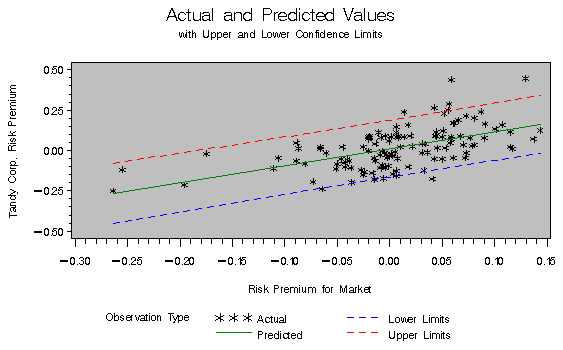The Capital Asset Pricing Model
Post on: 8 Август, 2015 No Comment

THE CAPITAL ASSET PRICING MODEL
Can investors of the London Stock Exchange use the Capital Asset Pricing Model (CAPM) to maximise their return?
Can investors of the London Stock Exchange use the Capital Asset Pricing Model (CAPM) to maximise their return?
Introduction
Regardless of how much investor diversify their investments, it is not possible to avoid or get rid of entire risk associated with the investment. Being an investor, it is right to get a rate of return which compensates them towards risk taking. According to different authors and theories, the rates of return play a key role in determining the value of the stock. The required rate of return (RRR) is a component among the metrics and its calculation is used in corporate finance and equity valuation. Furthermore, the required rate of return is the minimum return that an investor looks for, given the entire options that are available and the capital structure of the firm.
Hence, the most important question that arises from investors’ perspective is when making an investment; how the risk impact on the expected returns of investment. The answer has been provided by the CAPM i.e. Capital Asset Pricing Model. CAPM is a frame work which provides a relationship between the risk and expected return. This model assists in calculating investment risk and return that one should expect on investments. The main focus of this paper would be on Capital Asset Pricing Model and whether investors that are trading on London stock Exchange use this model to maximise their return. For this, 10 companies have been selected from London stock Exchange.
Statement of the Problem
Can investors of the London Stock Exchange use the Capital Asset Pricing Model (CAPM) to maximise their return?
Discussion
Overview of Capital Assets Pricing Model
Capital Asset Pricing Model is a technique that measures the role of risk in asset valuation. The main focus of this model is on un-diversifiable risk of assets, project or firm’s towards investors. The main of this model is to maximize return of investors. According to research and financial theories, Capital assets pricing model employ companies Beta in order to measure of un-diversifiable risk and its impact on the investors’ objective. The key of this model is opportunity cost that measures risk. Shareholders frequently select programs from numerous options i.e. what would be the cost of selecting other share? Considering this specific risk calculations of stakeholder, Capital Assets Pricing Model develops more comprehensive picture of risk and value for investors since they are more affected (Ansari, 2012, p. 55).
Capital asset pricing model often used in the financial economic. With the help of this model, theoretical required rate of return is determine for any asset or share and if properly investigated, this will results in proper diversified portfolio. This model takes into consideration of asset or securities sensitivity to non-diversifiable risk which also termed as market risk or systematic risk. This systematic risk represents by Beta (ß), beside this, the expected market return and expected profitability of assets.














